So, you've been diagnosed with diverticular disease. Let me guess—your doctor handed you a list of foods to avoid (goodbye, nuts and seeds!) and told you it's just "part of getting older." Sound familiar?
Here's something that might blow your mind: this condition is so rare in developing countries that some doctors there have literally never seen a case. Yet it affects more than half of all Americans over 60.
Wait, what? Something doesn’t add up, right?
Let’s back up. Diverticular disease occurs when small pouches (diverticula) form in your colon wall, and when these become inflamed or infected, you get diverticulitis—complete with abdominal pain, fever, and digestive chaos that can seriously make things unpleasant. The conventional approach typically focuses on symptom management: take some fiber, pop some pills, and hope for the best.
But what if I told you there's a completely different way to look at this?
What if instead of just managing symptoms, you could actually understand what's causing the problem in the first place? While natural approaches exist that work to heal your gut microbiome, calm inflammation, and create an environment where your colon can actually repair itself, first you need to understand why this disease has become so common—and why the conventional approach often falls short.
In this guide, you'll discover the surprising factors beyond fiber that contribute to diverticular disease, why the standard medical approach focuses on crisis management rather than prevention, and the real root causes that need to be addressed for true healing. Understanding these foundations is crucial before diving into the natural treatment protocols we'll explore in part 2.
Ready to uncover what's really going on with your colon? Let's dive in.
Table Of Contents:
What Exactly is Diverticular Disease?
Diverticular disease is your colon's way of crying for help. It's a spectrum of conditions that all start with the formation of small pouches called diverticula in your colon wall. Imagine tiny balloon-like bulges poking out from the sides of your intestine—that's essentially what's happening.
Diverticulosis is the formation of these pouches themselves. Most people with diverticulosis don't even know they have it because it's often completely symptomless. You might discover it during a routine colonoscopy.
Diverticulitis is when things get interesting (and by interesting, we mean painful). This occurs when one or more of these pouches become inflamed or infected, leading to abdominal pain, fever, nausea, and changes in bowel habits that can range from mildly annoying to absolutely miserable.
Diverticular bleeding represents the more serious complications that can occur when blood vessels near the pouches become damaged. This can lead to bleeding and requires immediate medical attention.
The Western Disease Connection
Diverticular disease is essentially a modern Western phenomenon. In rural Africa and Asia, where traditional diets rich in fiber are still the norm, diverticular disease is virtually non-existent. But in industrialized nations like the United States, United Kingdom, and Australia, it's incredibly common.
This earned diverticular disease the nickname "disease of civilization." Basically, our colons are staging a rebellion against modern life, and the evidence is pretty compelling.
The condition was barely documented before the early 1900s, but its prevalence has skyrocketed right alongside our love affair with processed foods and the removal of fiber from our diets. The age factor is telling too—while less than 10% of people under 40 have it in Western countries, that jumps to over 50% for those over 60. However, in populations that still eat traditional high-fiber diets, this age-related increase just doesn't happen.
Your colon isn't broken simply because you're getting older. While aging may play a role, the dramatic increase we see is largely a response to decades of modern living.
The Real Story Behind Diverticular Disease
Okay, so everyone and their grandmother knows you need more fiber for diverticular disease. But that's like saying you need gas to drive a car—technically true, but there's a whole lot more going on under the hood.
Think of fiber deficiency as just one piece of a much larger puzzle. And solving that puzzle? It requires understanding how modern life has basically hijacked your colon's natural way of doing business.
The Fiber Piece of the Puzzle
Here's the thing: when you eat low-fiber foods, your colon has to work overtime to move things along. This creates pressure that literally pushes your colon wall outward, forming those problematic pouches. It's like trying to squeeze toothpaste through a tube that's way too narrow—eventually, something's gotta give.
The real problem isn't just that we're not eating enough fiber—it's what modern food processing has done to our entire food system. When you eat an apple, your colon gets a nice, complete package with fiber, nutrients, and natural structure. When you drink apple juice? Your colon gets a sugar bomb with zero structural support. Modern food processing doesn't just remove fiber—it fundamentally rewires how your digestive system has to work.
Get this: most Americans are getting only 10-15 grams of fiber daily when they actually need 25-35 grams. But it's not just about hitting some magic number—it's about getting fiber from whole food sources that provide the complete nutritional package your colon needs. Vegetables, fruits, legumes, and whole grains naturally contain the right mix of fiber along with nutrients that support healthy colon function, beneficial bacteria growth, and proper motility patterns.

When Your Gut Microbiome Goes Rogue
Now here's where things get really wild. Recent research has uncovered that people with diverticular disease have completely different gut bacteria than healthy people. Scientists have found increases in some troublemaker microbes (with names like Akkermansia muciniphila, Enterobacteriaceae and Bacteroides caccae —along with viral changes including higher levels of Cytomegalovirus. These bacteria actively promote the inflammation that weakens your colon walls, setting you up for those pouches to form.
But wait, there's more. Small intestinal bacterial overgrowth (SIBO) is increasingly being linked to diverticular disease. When bacteria overgrow where they shouldn't be, they can migrate to the colon and mess with normal function, contributing to the abnormal contractions that create diverticular pouches.
When Your Colon Loses Its Rhythm
Your colon is supposed to contract in smooth, coordinated waves. In diverticular disease, these contractions become chaotic and exaggerated, creating pressure spikes that literally push your colon wall through weak spots in the muscle.
Here's where things get really interesting: the structural protein collagen, which keeps your colon wall strong, can be damaged by chronic inflammation, hormonal changes, nutrient deficiencies, and autoimmune processes. While some people are born with genetic conditions (like Marfan syndrome) that affect collagen from day one, most collagen damage is something we acquire through lifestyle factors over time.
The encouraging news is that by supporting collagen health through proper nutrition and reducing inflammation, you can help strengthen your colon wall and potentially prevent further deterioration. Your colon isn't doomed—it just needs some TLC.
Inflammatory Factors: When Your Body Turns Against Itself
Chronic low-grade inflammation doesn't just affect your joints or heart—it systematically weakens your colon walls and disrupts normal digestive function. This sneaky inflammation often comes from the usual suspects: poor diet, stress, terrible sleep, and all the environmental toxins we're swimming in these days.
Common culprits like gluten, dairy, and processed foods can trigger inflammatory responses that specifically target the digestive system. Unlike food allergies, these sensitivities create subtle, ongoing inflammation that gradually weakens colon integrity.
Chronic stress literally rewires your digestive system through the gut-brain axis. Stress alters how your colon moves, cranks up inflammation, and basically makes your gut barrier leaky. Your poor colon becomes collateral damage in your body's stress response.
The Modern Life Assault Course
Let's talk about how our modern lifestyle is basically setting our colons up for failure, shall we?
First up: sitting disease. Regular movement isn't just good for your heart—it's absolutely essential for healthy bowel motility. Physical activity is like a gentle massage for your colon, stimulating those natural contractions that keep things moving smoothly. Spend all day planted in a chair? Your colon gets sluggish too.
Then there's the hydration situation. Adding fiber without adequate water is like trying to use a dry sponge to clean your kitchen—it just doesn't work and might make things worse. Many people get excited about increasing fiber (good for you!) but forget to up their water game, creating harder stools that need way more pressure to move.

Scarfing down food while checking emails, eating at weird times, having massive meals followed by nothing for hours—all of this disrupts your digestive rhythm. Your colon thrives on routine and gentle, consistent stimulation, not the digestive equivalent of a roller coaster.
Finally, high consumption of red meat (especially the processed varieties) creates inflammatory compounds, reduces your good bacteria, and provides virtually no fiber to support healthy colon function. It's like feeding your colon junk food and wondering why it's not performing well.
Medical Risk Factors: When Medicine Becomes the Problem
Your medicine cabinet may also be playing against you. NSAIDs, steroids, and opioids all interfere with normal colon function in different ways—reducing protective mucus, slowing motility, increasing inflammation.
But antibiotics are the big problem. Now, don't get me wrong—sometimes antibiotics are absolutely necessary and can be life-saving. But each course of broad-spectrum antibiotics is basically like dropping a bomb on your gut microbiome. All those beneficial bacteria you've been carefully cultivating? Gone. And what moves in to fill the void? Often the exact troublemaker bacteria that promote diverticular disease.
The beautiful thing about understanding these root causes is that most of them are within your control. Instead of just slapping a band-aid on the symptoms, you can actually work to naturally restore the conditions that support healthy colon function.
What Your Doctor Will Probably Tell You
Walk into any doctor's office with diverticular disease, and you'll get a pretty predictable response. It's not that doctors don't care—they're working with a playbook that's been largely unchanged for decades and excels at crisis management but falls short on prevention.
Most diverticulosis gets discovered by accident during routine colonoscopies. For diverticulitis, diagnosis typically relies on symptoms (left-sided abdominal pain, fever, changes in bowel habits) combined with blood tests and CT scans. Treatment may include intravenous fluids, antibiotics, painkillers, and surgery for severe cases.
For decades, patients were told to avoid nuts, seeds, and popcorn because they might get "stuck" in diverticula—advice that had zero scientific evidence behind it. While modern guidelines have mostly ditched these restrictions, plenty of doctors still hand out these outdated food lists.
Current recommendations focus on gradually increasing fiber to 25-35 grams daily, staying hydrated, and eating regular meals. Not wrong, but it barely scratches the surface.
The Path Forward: From Managing to Healing
The exciting thing is that most of the factors contributing to diverticular disease are completely addressable through natural approaches. Instead of just managing symptoms, you can actually work to restore the conditions that support healthy colon function.
When you restore your gut microbiome, calm chronic inflammation, support your colon’s structural integrity, and restore normal digestion, you're not just preventing future flares—you're creating an environment where your colon can actually begin to heal itself.
This isn't about ditching medical care when you need it. It's about taking a smarter approach that tackles both the symptoms and what's causing them, giving your body the best chance to heal completely.
Diverticular disease doesn't have to be something you just "live with" or accept as part of aging. Once you understand what's really happening—the gut imbalances, the inflammation, the lifestyle factors—you can take real steps toward healing and prevention.
Want to know exactly how to put this knowledge into action? Stay tuned for part 2 of our series, where we'll dive deep into the specific natural treatments and protocols that can help heal your gut and prevent future flares.



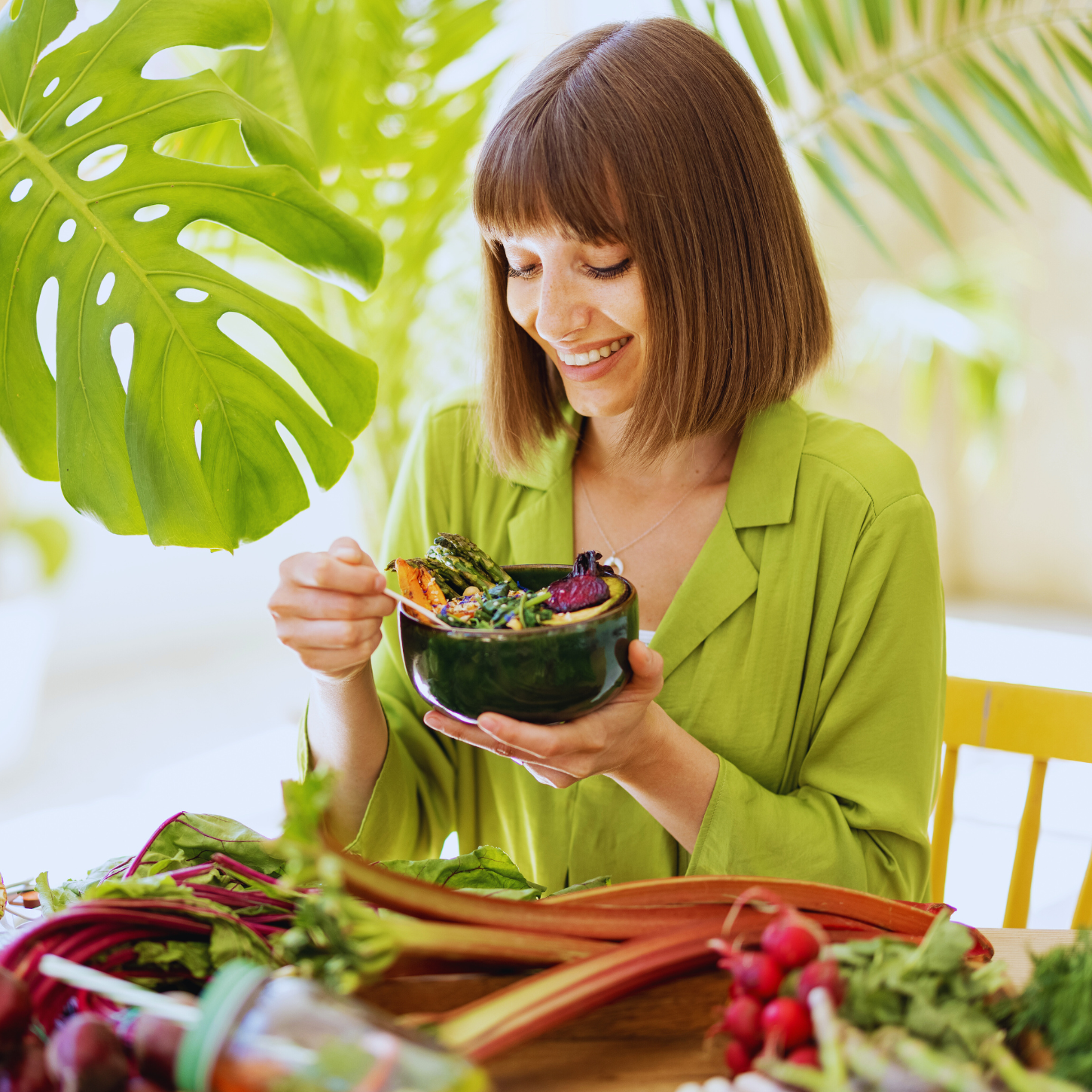
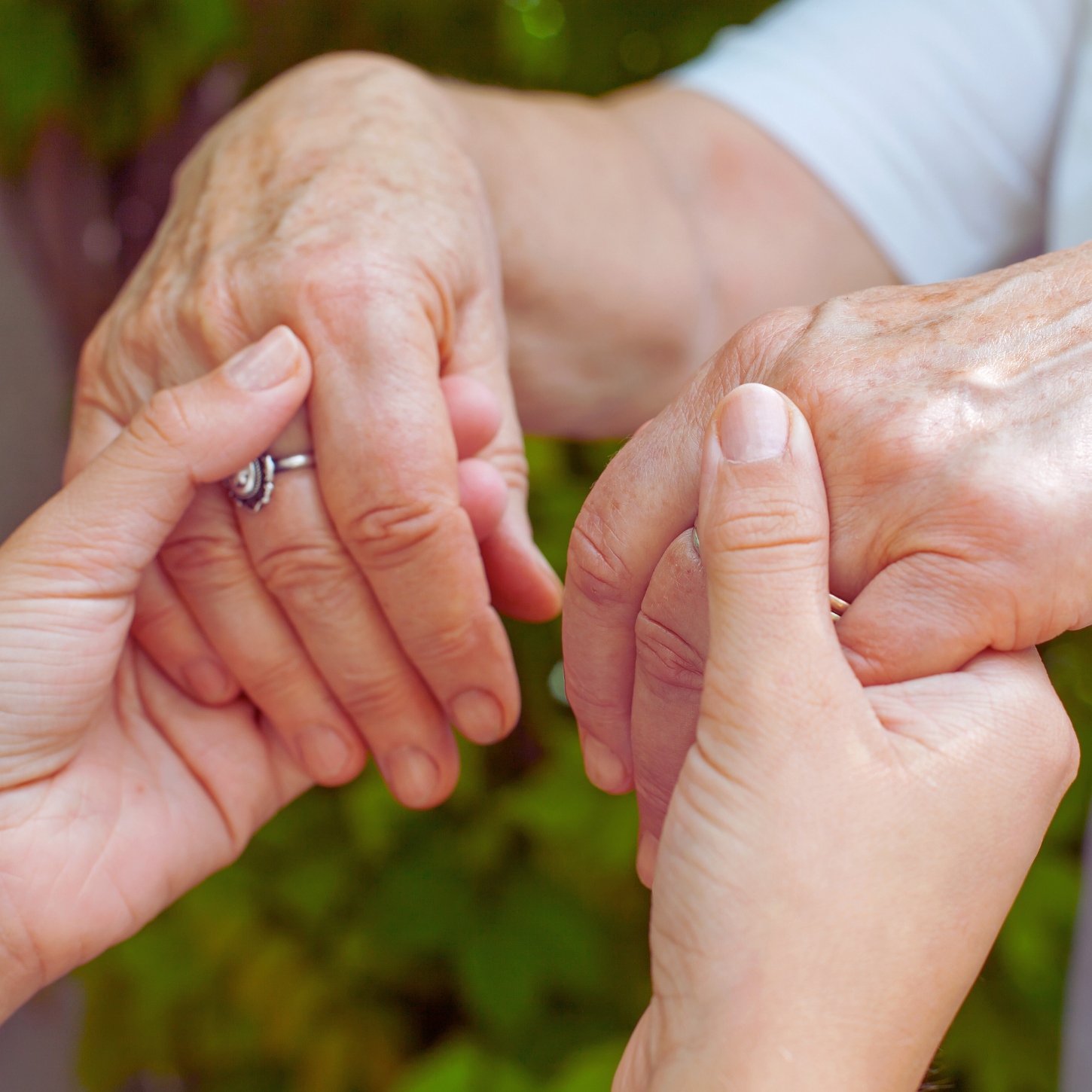


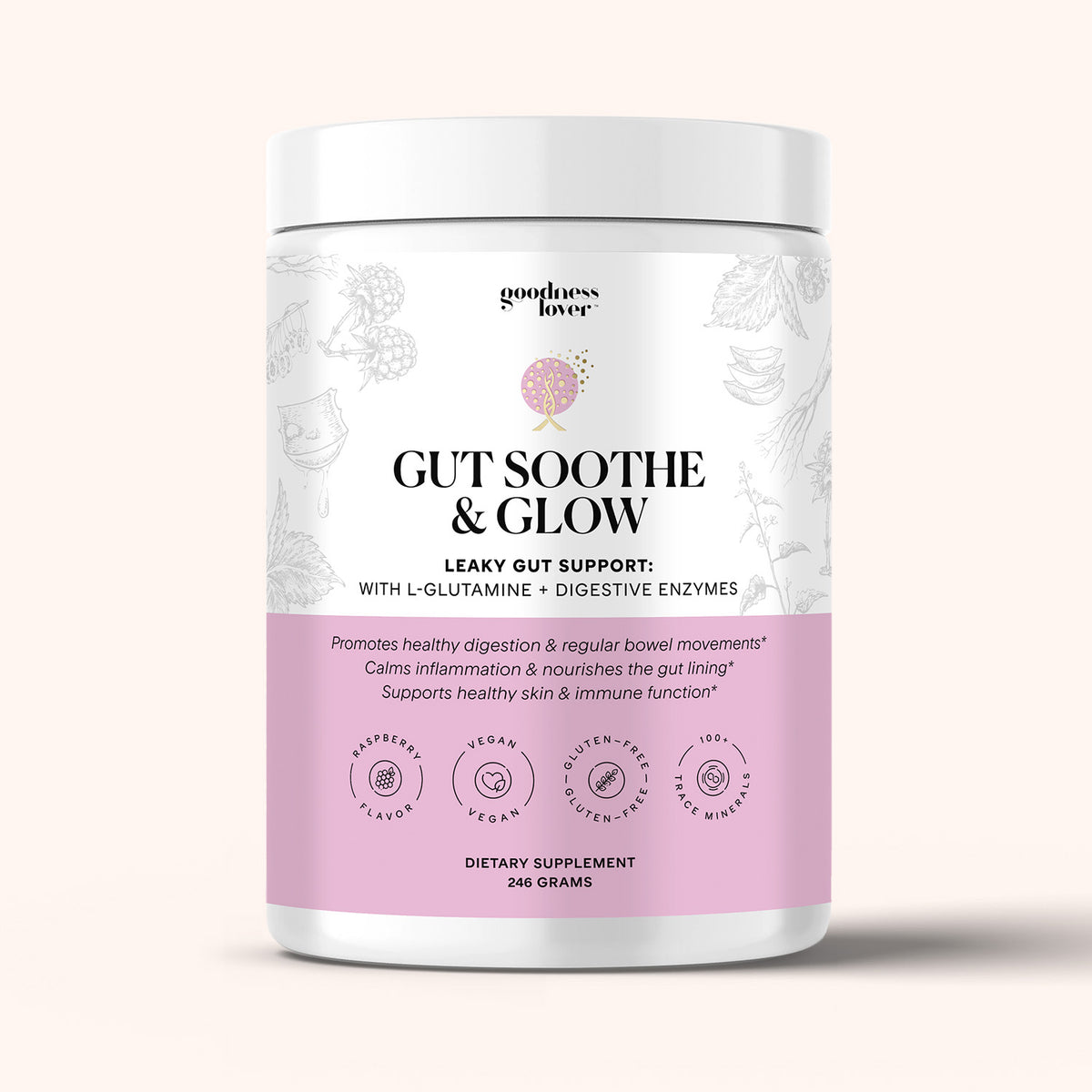

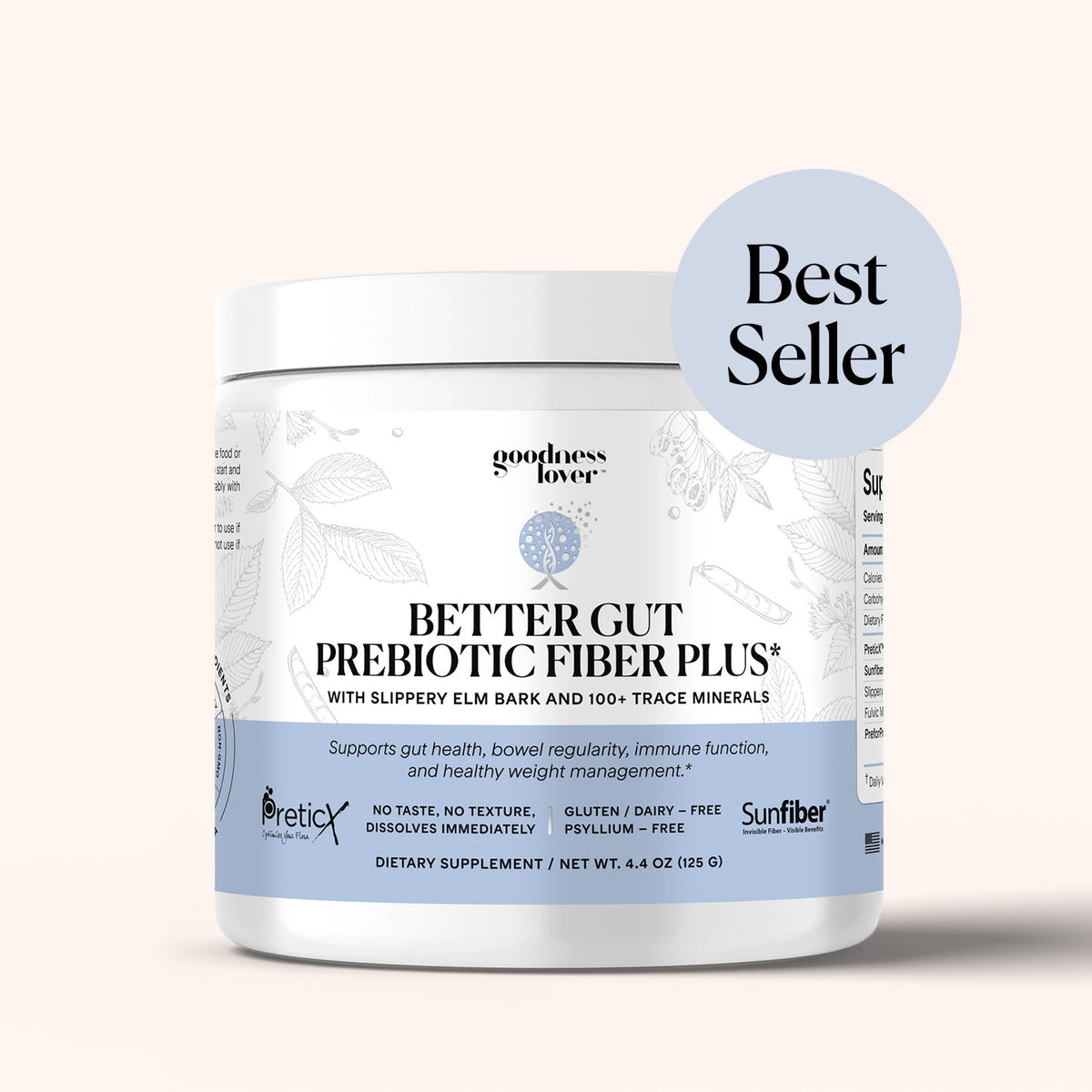
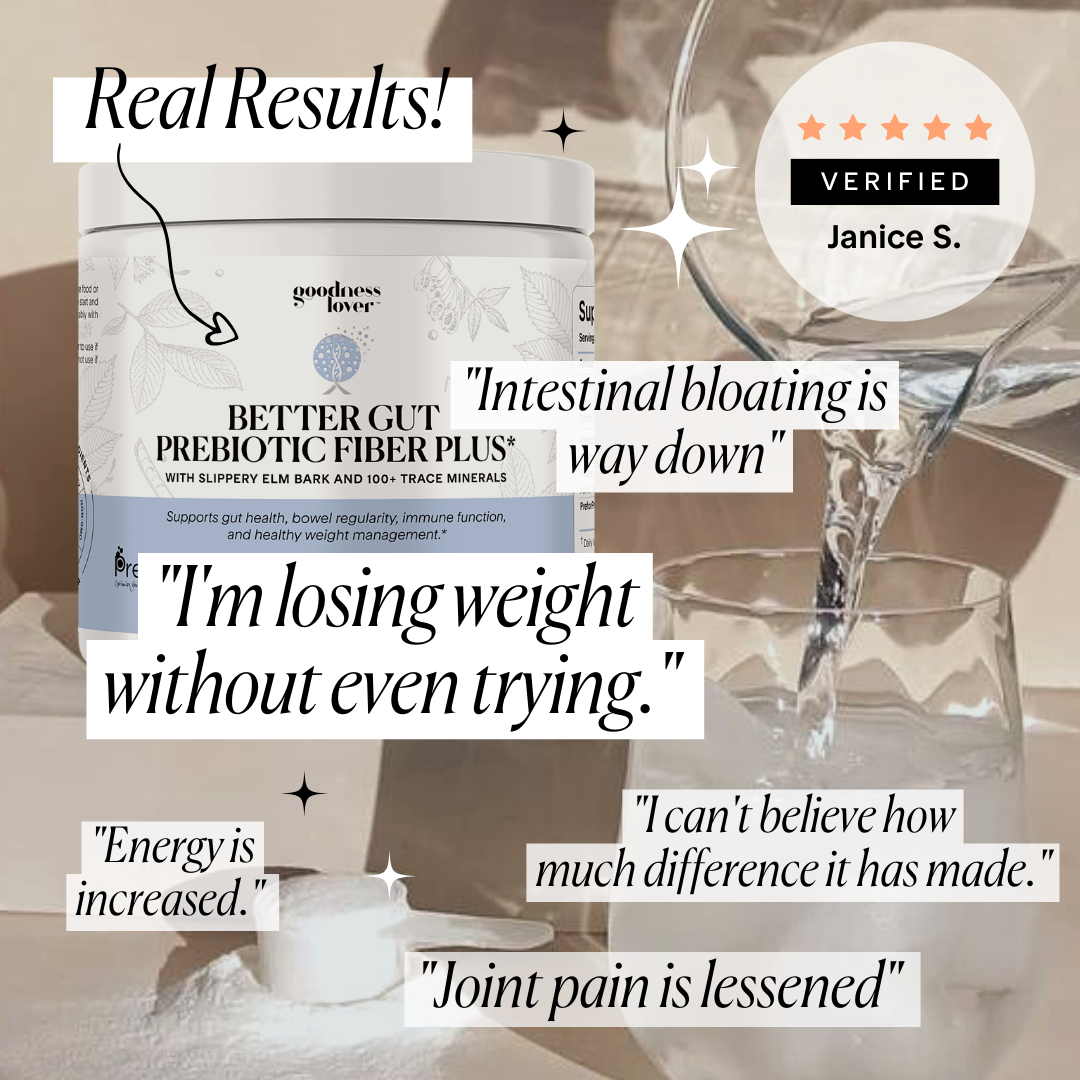
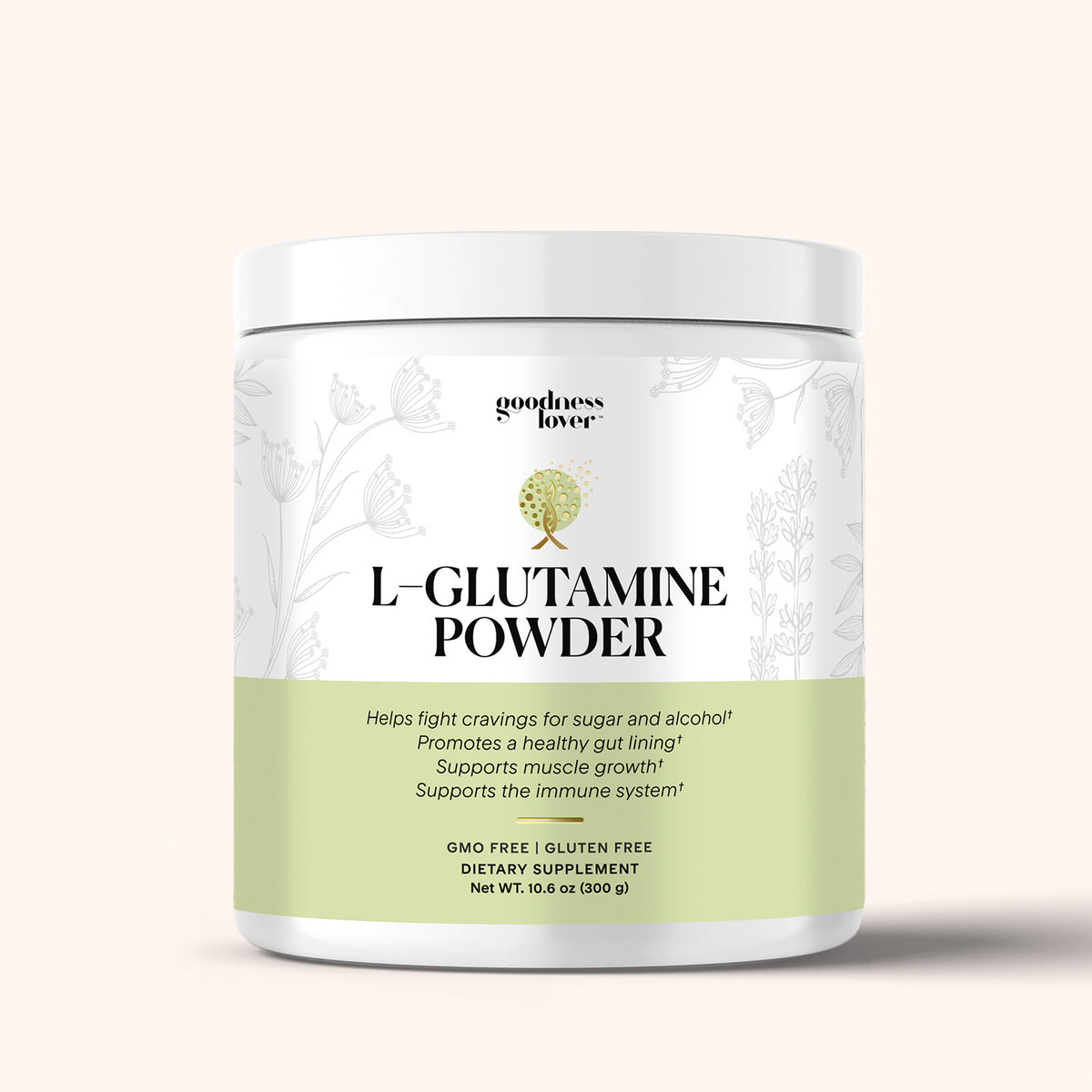
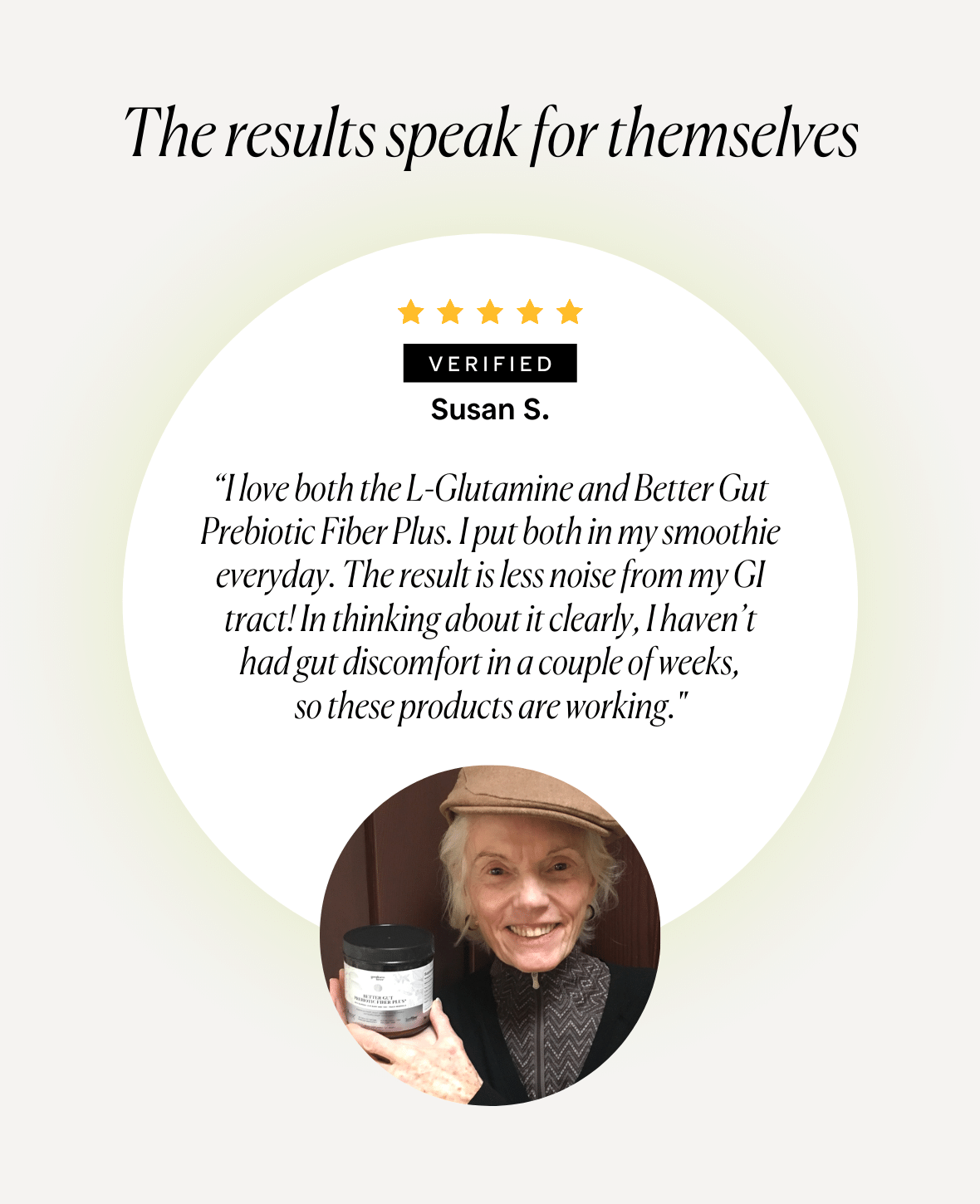
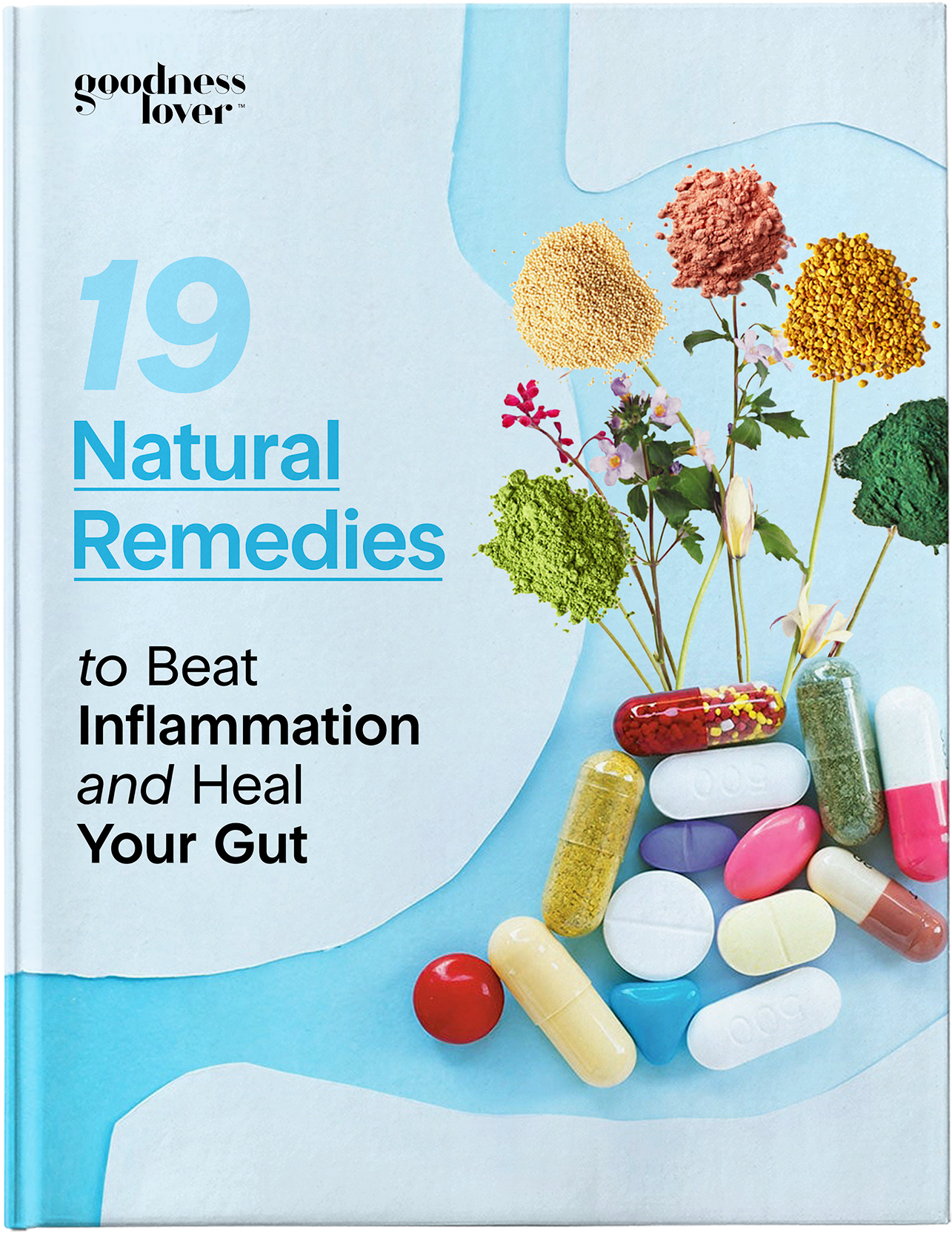
What Do You Think? Comment Below: